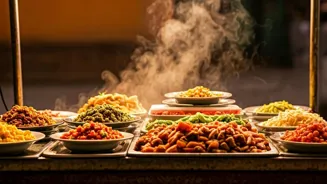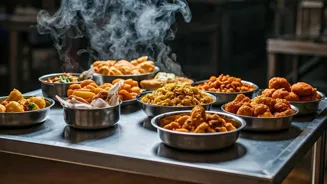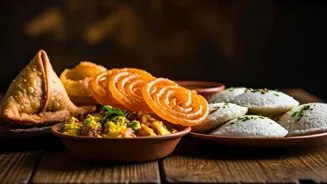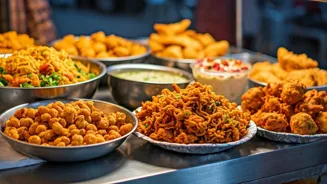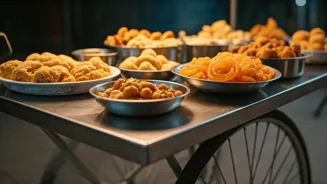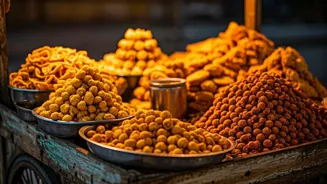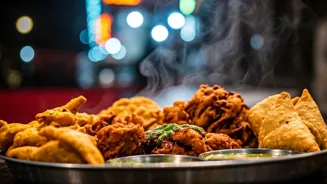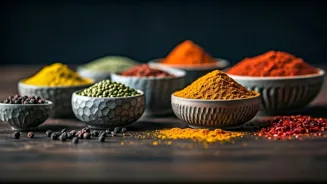A Flavorful Introduction
India's street food scene is a microcosm of its diverse culture. From bustling city lanes to quieter village corners, the aroma of sizzling snacks and
simmering curries fills the air. These offerings are a part of daily life for many Indians, and a huge draw for visitors wanting to experience the true flavors of India. People often explore the many offerings. Some are hesitant due to concerns about hygiene, which are also common. This contrast of attraction and doubt makes street food such a fascinating topic.
The Allure Explained
The appeal of Indian street food goes beyond mere hunger. It's about the unique combinations of flavors and spices, the quick service, and the affordability that keeps people returning. The variety is amazing, with each region and community offering unique dishes. Consider the iconic *pani puri*, the spicy *vada pav*, or the creamy *lassi*. Street food is not just about taste; it's about the ambiance of vendors working and the experience of enjoying food outdoors. For many, it is a cherished part of their culture, offering a taste of home and heritage.
Hygiene: A Balancing Act
One of the major concerns surrounding street food is hygiene. Vendors sometimes operate in less-than-ideal conditions. The lack of proper sanitation and food handling practices worries many. However, it's important to remember that street food has survived for generations, and many vendors prioritize quality and cleanliness. The Indian government and local authorities have been trying to increase regulation, in an effort to make sure that hygiene standards are improved. Although some people might have reservations, the popularity of street food shows that the taste often trumps the fear.
Global Reactions, Local Love
The reactions to Indian street food are as diverse as the dishes themselves. Visitors from different cultures often have strong reactions. A popular social media post of a visitor's experience went viral, gaining a lot of views. The visitor described the food as 'unhygienic,' yet admitted that it was 'delicious.' This contrast highlights the food's appeal. Locals, on the other hand, are often more forgiving, since they have grown up eating street food. The food has been a central aspect of culture, and an indispensable part of daily life. Street food remains a part of Indian life.
Iconic Street Food Items
India's street food scene is overflowing with delicious dishes. Here is a short list of the most loved ones: *Pani Puri* (also called *gol gappe* or *phuchka*) is a crispy sphere filled with flavored water, tamarind chutney, potatoes, and chickpeas. *Vada Pav*, a potato fritter served in a bun, is a Mumbai staple. *Samosas*, filled with spiced potatoes and peas, are a classic snack. *Chaat* is a mix of flavors and textures. There is also the sweet and savory *jalebi*, and the creamy *lassi*, a yogurt-based drink. Each item has its own cultural and historical significance. These foods represent the diversity of India's culinary heritage.
